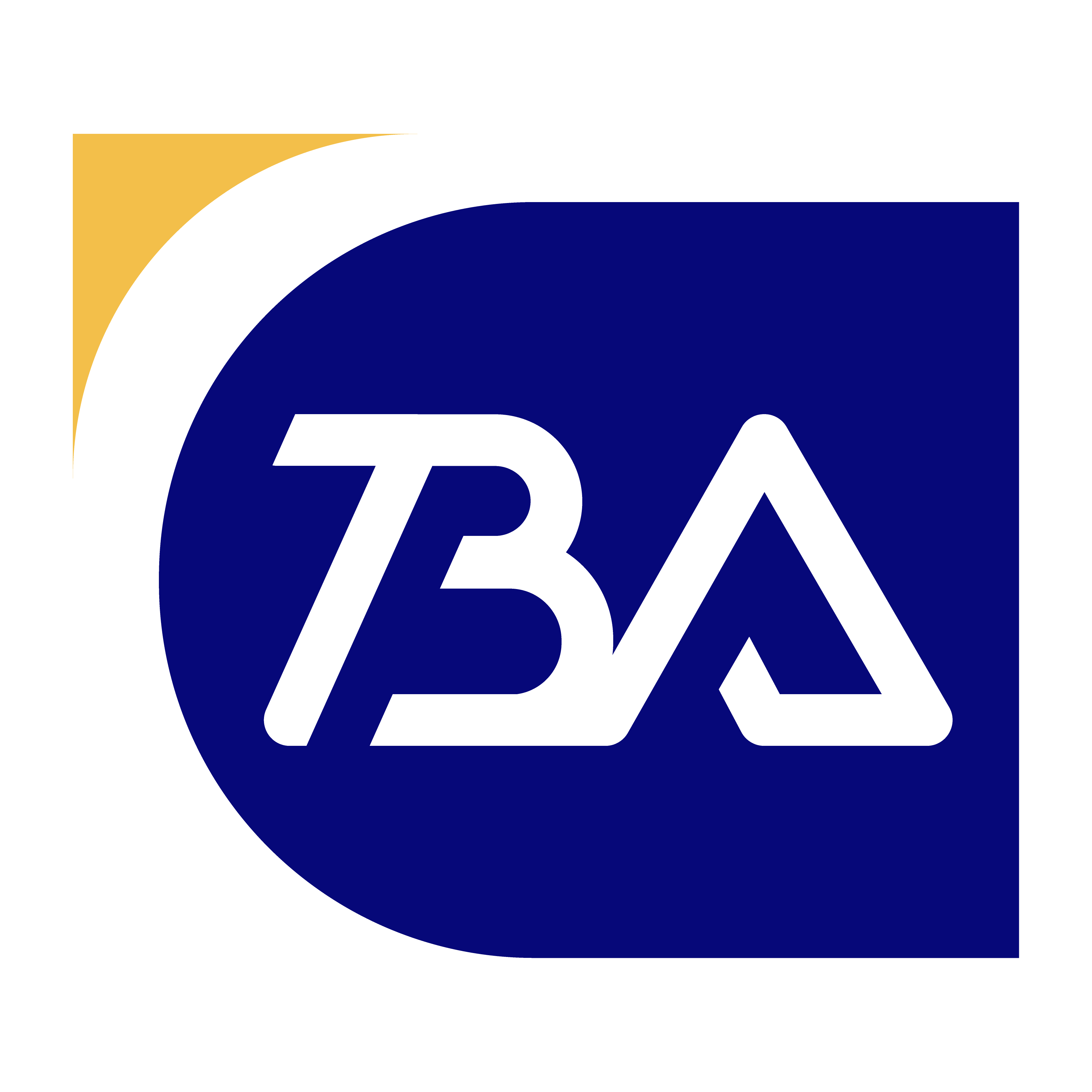Half of UK Residents Set to Be ‘Net Welfare Recipients’?
- TBA
- Mar 4
- 3 min read
Updated: May 29
As many people know, the UK’s social welfare system covers healthcare, education, housing, and more, forming one of the most comprehensive and equitable social security systems globally.
However, this welfare system is facing unprecedented challenges. Data reveals that over half of UK residents are net welfare recipients, meaning the benefits they receive from the state exceed the taxes they pay.
This phenomenon highlights the current state of welfare and tax distribution in the UK and serves as a financial wake-up call for businesses and individuals alike.
Over Half of UK Households Are Net Welfare Recipients
According to data from the Office for National Statistics (ONS), 52.6% of UK households in 2024 received more in benefits—including cash payments, NHS services, schooling, and free childcare—than they paid in taxes.
While this is slightly lower than the 53.6% reported in 2023, it underscores the challenges faced by Prime Minister Keir Starmer and Chancellor Rachel Reeves in managing an aging population and economic pressures.
Among working-age individuals, who are typically net contributors, 45.3% still received more benefits than they paid in taxes. Much of this was tied to education and childcare benefits. Meanwhile, 85.3% of pensioners are net welfare recipients.
With the population aged 85 and over expected to double to 3.1 million by 2045, the pressure on national finances is only set to increase.

Impact on Income Equality
The ONS report also highlights that, despite the cost-of-living crisis, income inequality in the UK is at its lowest in a decade.
This is partly due to the steady rise in the minimum wage, which has limited income growth for high earners while benefiting low-income workers.
Adjusted for inflation, the poorest 20% saw their incomes grow by 9.1% (£9,800), while the richest 20% experienced a 10.6% decrease (£114,300).
The Financial Implications of Growing Welfare Dependence
While the increasing proportion of net welfare recipients reflects the effectiveness of the UK’s welfare system in redistributing wealth and narrowing income gaps, it also raises concerns about sustainability.
Welfare reforms and spending cuts are expected to be announced in 2025, but implementation dates remain uncertain.

How Individuals Can Optimise Their Finances in the ‘Welfare Era’
In this context, how can individuals and businesses legally and effectively use the UK tax system to reduce tax burdens and achieve long-term wealth accumulation?
1. Maximise Use of Individual Savings Accounts (ISAs)
ISAs are tax-free savings and investment tools. Each tax year, individuals can deposit up to £20,000 into an ISA. Returns, including interest, income, and capital gains, are tax-exempt and do not need to be reported in tax returns.
Cash ISAs: Low-risk, interest-earning savings.
Stocks & Shares ISAs: Investments in stocks, funds, or bonds, with tax-free gains and dividends.
Innovative Finance ISAs: Higher returns through peer-to-peer lending.
Lifetime ISAs (LISAs): For individuals aged 18-39, allowing up to £4,000 annual contributions with a 25% government bonus (up to £1,000), suitable for first-time homebuyers or retirement savings.
2. Contribute to Pension Schemes
The UK pension system includes State Pension, Workplace Pension, and Personal Pension options, each offering tax benefits.
State Pension
Eligibility: At least 10 years of National Insurance contributions.
Full rate (2024/25): £221.20 per week, adjusted annually based on the ‘Triple Lock’ system (highest of wage growth, inflation, or 2.5%).
Workplace Pensions
Flexible withdrawal options, with 25% tax-free and the remainder taxed as income.
Annuities can provide fixed annual retirement income.
Personal Pensions
Options include Stakeholder Pensions (low fees) and SIPPs (self-invested personal pensions) for more investment control.

3. Leverage Tax Relief Schemes
Marriage Allowance: Transfer unused personal allowance (up to £1,260) to a spouse, saving up to £252 in taxes.
Gift Aid: Charitable donations can provide tax relief.
Child Benefit Adjustments: Manage income to avoid the High-Income Child Benefit Charge by increasing pension contributions or other adjustments.
Some Advice from TB Accountants
Strategic financial planning that incorporates available tax reliefs is key to optimising personal finances.
However, navigating the UK tax system can be complex. With significant tax hikes introduced in recent budgets, reducing tax expenditures has become increasingly challenging.
If you're unsure about your tax situation or want professional guidance, consulting with a tax advisor or accountant can be invaluable in managing your financial health effectively.
For individuals and businesses looking for UK taxation services, use our contact form to get in touch for more information.
Get in touch with us at info@tbgroupuk.com or for a free one-to-one consultation.
